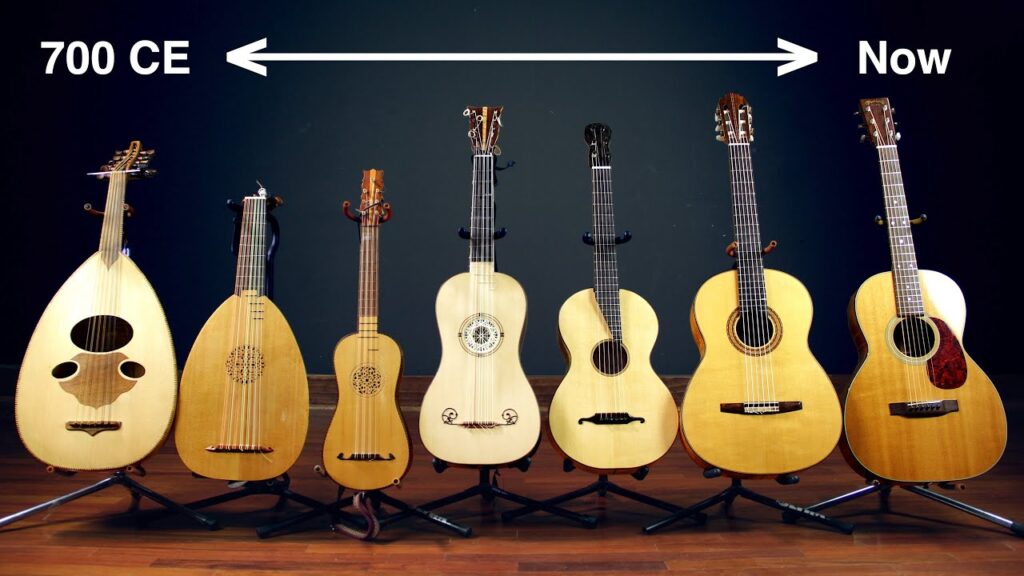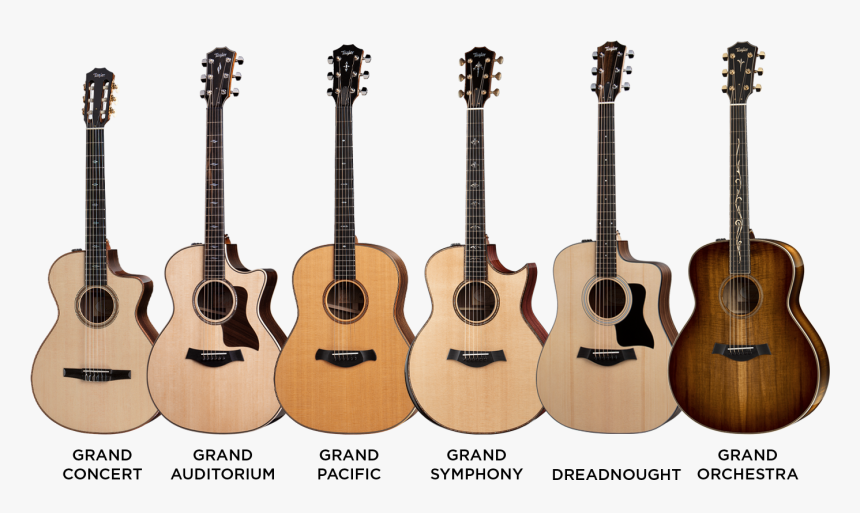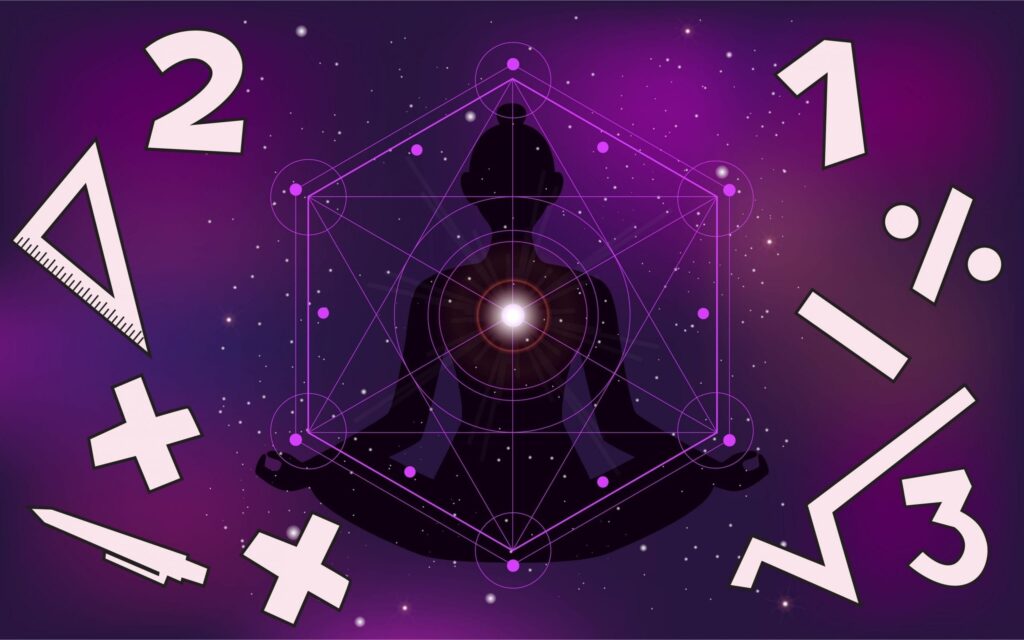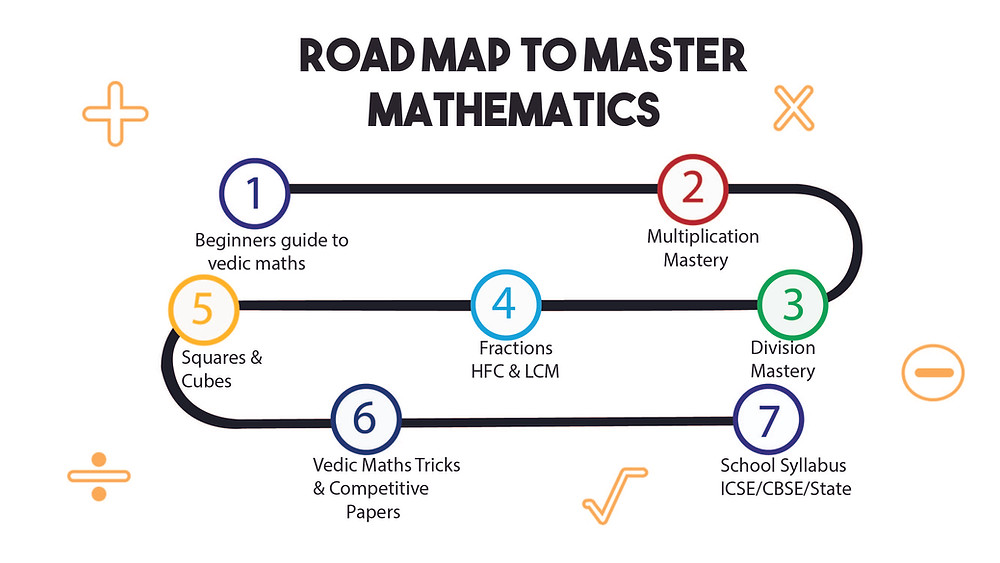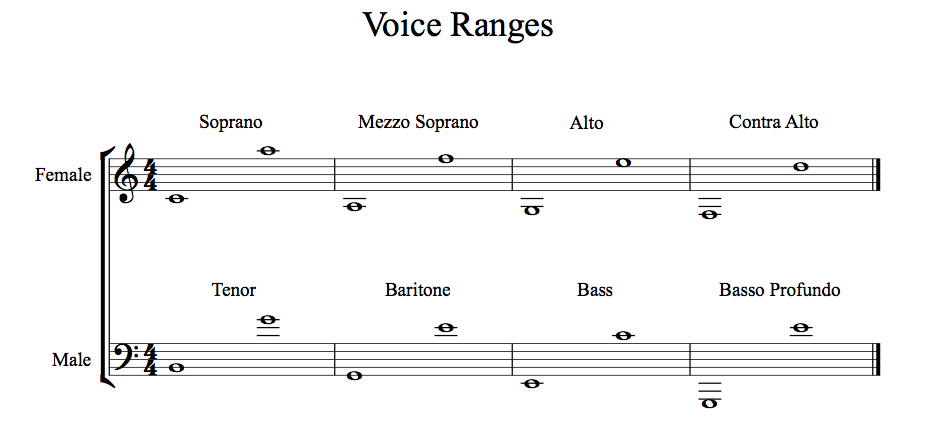Enhancing your talent involves a combination of practice, education, and mindset. Here are some strategies to help you improve your skills and abilities:
1 – Creative Writing: Exploring creative writing can uncover hidden talents for storytelling, character development, and linguistic expression.
2 – Drawing and Painting: Delving into the world of visual arts through drawing and painting can reveal innate talents for design, composition, and color theory.
3 – Music: Learning to play a musical instrument or composing music taps into talents for rhythm, melody, and harmony.
4 – Photography: Taking up photography as a hobby encourages the development of an eye for composition, lighting, and storytelling through images.
5 – Crafting and DIY Projects: Engaging in crafting activities such as knitting, woodworking, or pottery uncovers talents for craftsmanship, attention to detail, and problem-solving.
6 – Cooking and Baking: Exploring the culinary arts through cooking and baking allows for experimentation with flavors, techniques, and presentation.
7 – Gardening and Horticulture: Tending to a garden or cultivating plants nurtures talents for nurturing, patience, and horticultural knowledge.
8 – Acting and Performing Arts: Exploring acting, improvisation, or other performing arts disciplines nurtures talents for expression, characterization, and stage presence.
9 – Language Learning Program: Learning a new language not only broadens your cultural horizons but also enhances cognitive abilities and opens up new career opportunities.
10 – Public Speaking Course : Effective communication is a valuable skill in both personal and professional spheres. A public speaking course helps you overcome stage fright, structure compelling speeches, and captivate your audience with confidence and charisma.
Wizhob provides a platform that empowers individuals to excel in their talent , regardless of their skill level. Serving as a welcoming space for hobbyists, Wizhob stands out as an opportunity for growth and learning. With its intuitive interface and extensive resources, Wizhob ensures that mastering your hobby is a smooth and enjoyable experience.
Wizhob provides a platform that empowers individuals to excel in their talent , regardless of their skill level. Serving as a welcoming space for hobbyists, Wizhob stands out as an opportunity for growth and learning. With its intuitive interface and extensive resources, Wizhob ensures that mastering your hobby is a smooth and enjoyable experience.





